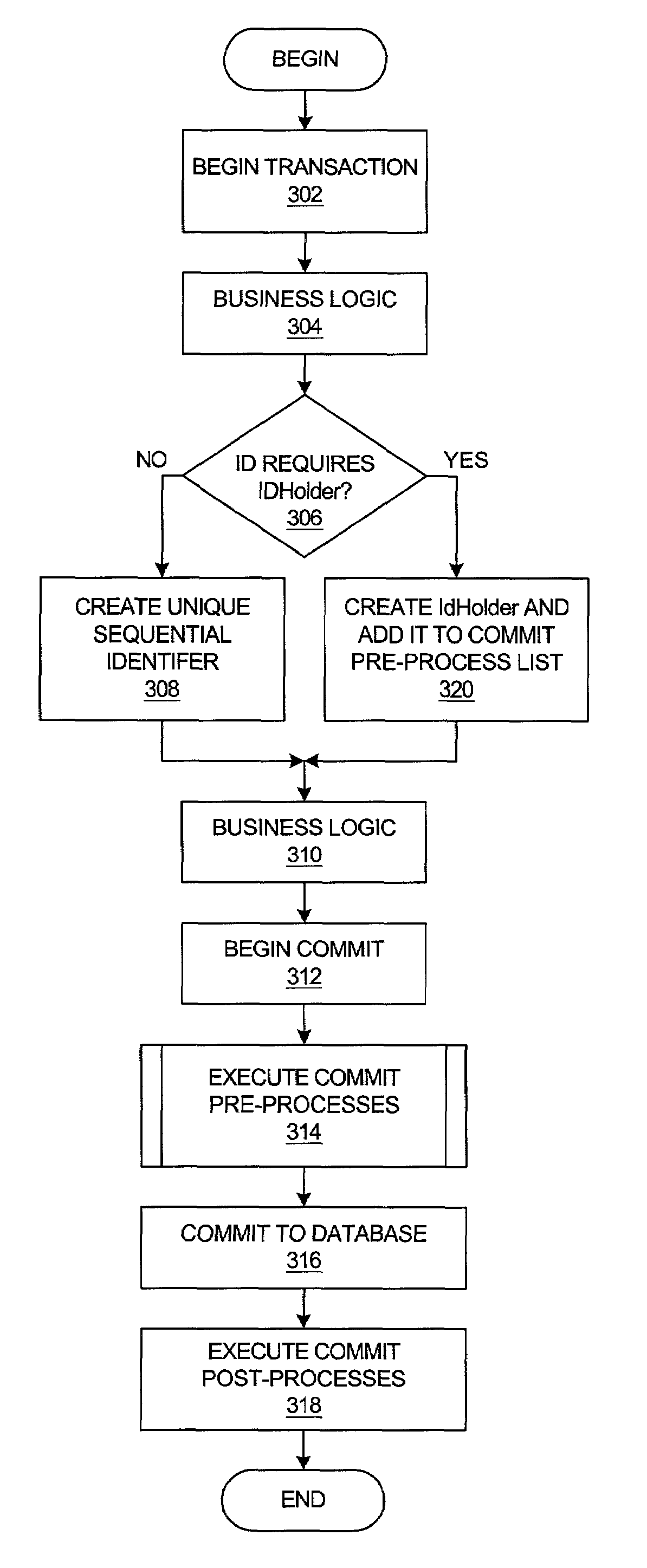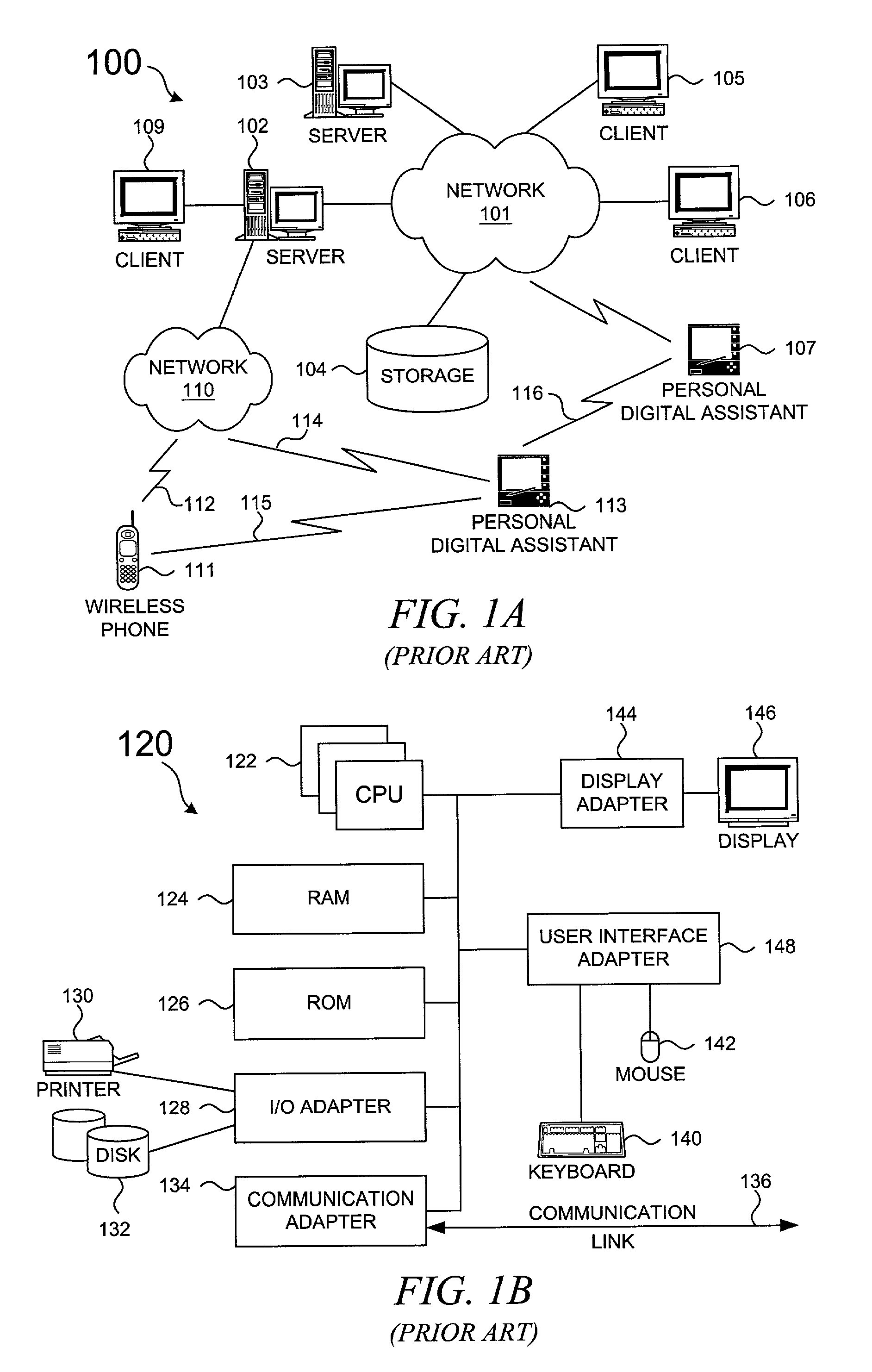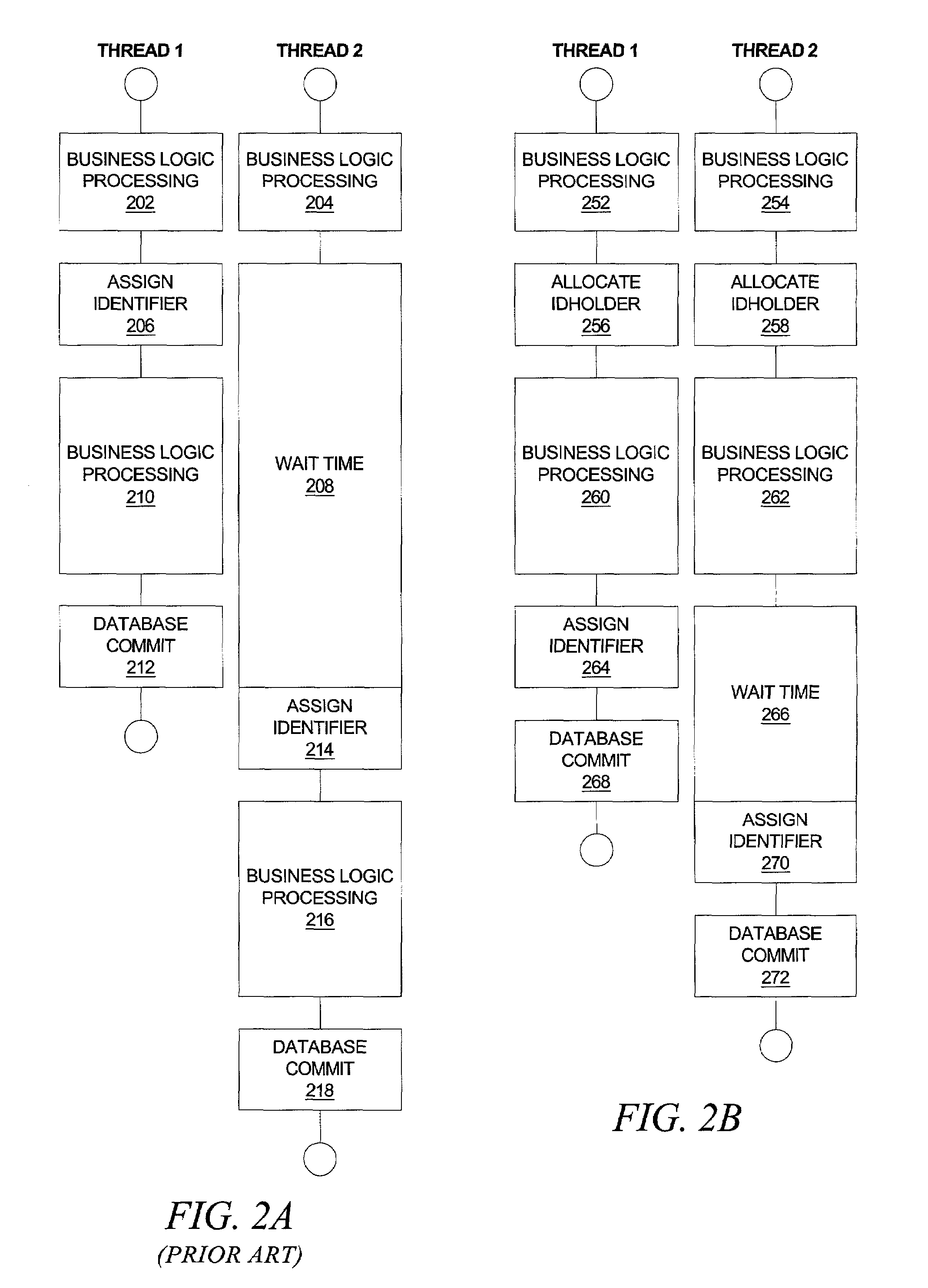Method and system for reducing synchronization waits when allocating sequenced identifiers in a multi-threaded server
a multi-threaded server and sequenced identifier technology, applied in the field of data processing system, can solve the problem that the sequenced process effectively limits the throughput on the server, and achieve the effect of reducing the synchronization wai
- Summary
- Abstract
- Description
- Claims
- Application Information
AI Technical Summary
Benefits of technology
Problems solved by technology
Method used
Image
Examples
Embodiment Construction
[0021]The present invention is directed to a system and a methodology for reducing synchronization waits when unique sequential identifiers are being allocated for transactions that are occurring in a multi-threaded server environment. As background, a typical organization of hardware and software components within a distributed data processing system is described prior to describing the present invention in more detail.
[0022]With reference now to the figures, FIG. 1A depicts a typical network of data processing systems, each of which may contain and / or operate the present invention. Distributed data processing system 100 contains network 101, which is a medium that may be used to provide communications links between various devices and computers connected together within distributed data processing system 100. Network 101 may include permanent connections, such as wire or fiber optic cables, or temporary connections made through telephone or wireless communications. In the depicted...
PUM
 Login to View More
Login to View More Abstract
Description
Claims
Application Information
 Login to View More
Login to View More - R&D
- Intellectual Property
- Life Sciences
- Materials
- Tech Scout
- Unparalleled Data Quality
- Higher Quality Content
- 60% Fewer Hallucinations
Browse by: Latest US Patents, China's latest patents, Technical Efficacy Thesaurus, Application Domain, Technology Topic, Popular Technical Reports.
© 2025 PatSnap. All rights reserved.Legal|Privacy policy|Modern Slavery Act Transparency Statement|Sitemap|About US| Contact US: help@patsnap.com



